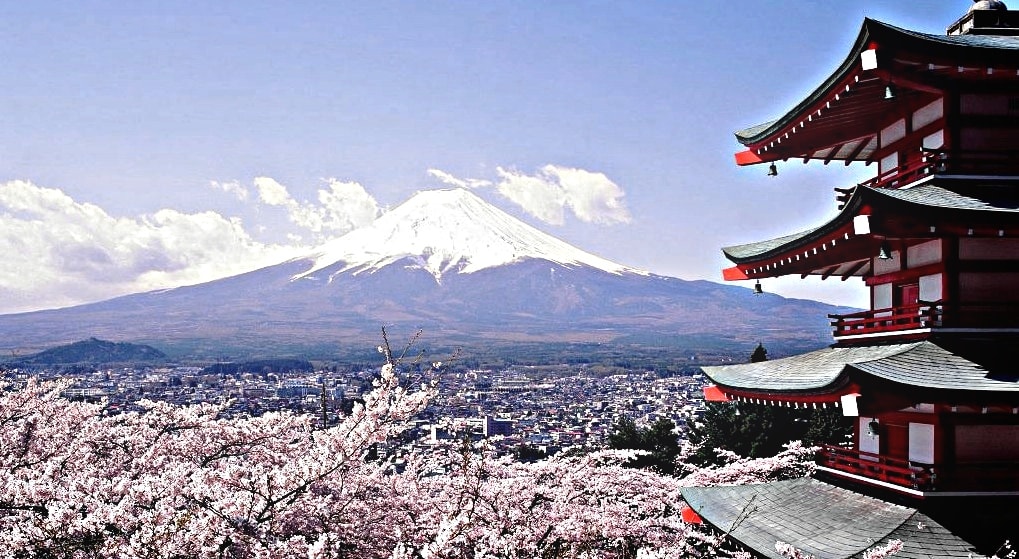Fudasho #4
These artifacts come from the Saitama Prefecture, which has a very interesting history. Initially, this region of Japan was extremely rural and provided much of the food for the larger Kanto
area. Today, the Saitama Prefecture is often regarded as the westernized area
of the Chichibu Province due to its close proximity to Tokyo and all of its
modern influences. More specifically, the Suisenji & Kinshou Ji temples,
where these various artifacts come from, are located in the Saitama Prefecture
and are linked through a pathway associated with other temples. Essentially,
pilgrims travel this road during their quest through the 34 different places of
the Chichibu Sanjyuyonkasho. As a result of the modern influence of nearby 21st
century Tokyo, traveling throughout the temples of the Saitama Prefecture has
become less physically demanding due to bus, bicycle, and rail car access.
Although traditional pilgrims sometimes scorn these modern conveniences for the sake of promoting endurance and an acquired appreciation for the hardship of travelling by foot, the new age of modernity has certainly created a myriad of opportunities for a more diverse crowd of pilgrims to experience the journey on their own.

overarching significance of undergoing pilgrimage for the sake of fulfilling
deep desires and wishes. More specifically, pilgrims purchase these specific
artifacts as a way of expressing their meaningful desire, which all parents
should have, for safe childbirth and successful parenting. Unlike some other
Japanese Buddhist practices and artifacts, childbirth and child rearing tend to
be associated with the female gender. It is for these reasons that images of
the Kannon are usually represented as a female figure, symbolic of love and
compassion. Despite the usual connotations associated with gender roles in
traditional Japanese Buddhist pilgrimage, it is crucial to acknowledge the fact
that whether you are male or female, all pilgrims are encouraged to study and
understand the compassionate nature of Kannon in order to further one’s
personal quest towards enlightenment. After all, achieving nirvana is the
ultimate goal in Buddhist practice, and one cannot reach this supreme state of
consciousness without living and breathing selflessly, and for the sake of
helping others achieve enlightenment.
area. Today, the Saitama Prefecture is often regarded as the westernized area
of the Chichibu Province due to its close proximity to Tokyo and all of its
modern influences. More specifically, the Suisenji & Kinshou Ji temples,
where these various artifacts come from, are located in the Saitama Prefecture
and are linked through a pathway associated with other temples. Essentially,
pilgrims travel this road during their quest through the 34 different places of
the Chichibu Sanjyuyonkasho. As a result of the modern influence of nearby 21st
century Tokyo, traveling throughout the temples of the Saitama Prefecture has
become less physically demanding due to bus, bicycle, and rail car access.
Although traditional pilgrims sometimes scorn these modern conveniences for the sake of promoting endurance and an acquired appreciation for the hardship of travelling by foot, the new age of modernity has certainly created a myriad of opportunities for a more diverse crowd of pilgrims to experience the journey on their own.

overarching significance of undergoing pilgrimage for the sake of fulfilling
deep desires and wishes. More specifically, pilgrims purchase these specific
artifacts as a way of expressing their meaningful desire, which all parents
should have, for safe childbirth and successful parenting. Unlike some other
Japanese Buddhist practices and artifacts, childbirth and child rearing tend to
be associated with the female gender. It is for these reasons that images of
the Kannon are usually represented as a female figure, symbolic of love and
compassion. Despite the usual connotations associated with gender roles in
traditional Japanese Buddhist pilgrimage, it is crucial to acknowledge the fact
that whether you are male or female, all pilgrims are encouraged to study and
understand the compassionate nature of Kannon in order to further one’s
personal quest towards enlightenment. After all, achieving nirvana is the
ultimate goal in Buddhist practice, and one cannot reach this supreme state of
consciousness without living and breathing selflessly, and for the sake of
helping others achieve enlightenment.
This page is a tag of:
| Previous page on path | Hard Drinker Jizo, page 3 of 3 | Path end, return home |
Discussion of "Fudasho #4"
Add your voice to this discussion.
Checking your signed in status ...